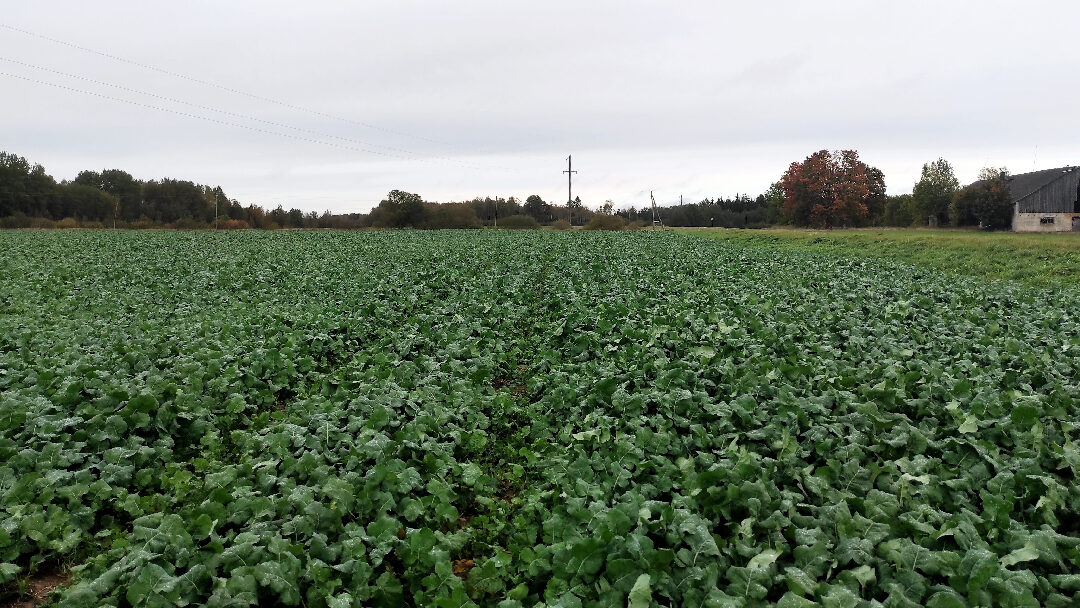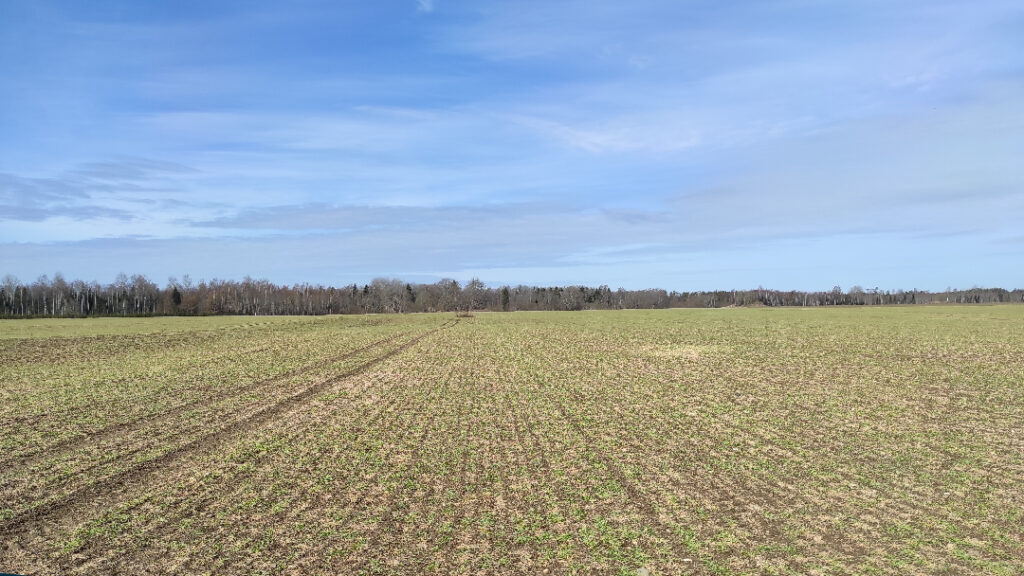This year I planted two varieties:
- Annabella on August 4th, following winter barley
- Akilah on August 14th, following field peas (not optimal, but necessary for better field grouping)
The sowing was done using the Horsch Focus. Why? I believe that my own Horsch Pronto wouldn’t handle winter barley straw well; the seeds would end up in the straw instead of the soil, meaning the beginning of crop growth would already be compromised.
In August, the start of Annabella was very challenging; the field was uneven, with plants in different growth stages. Initially, a sowing error was suspected, but it seems to be the aftermath of drought, and the plants received moisture differently. Akilah started perfectly right away; I had it sown directly after the peas. There was some concern about how well it would work, whether it would clog, but apart from areas where the peas had lodged, it worked surprisingly well.
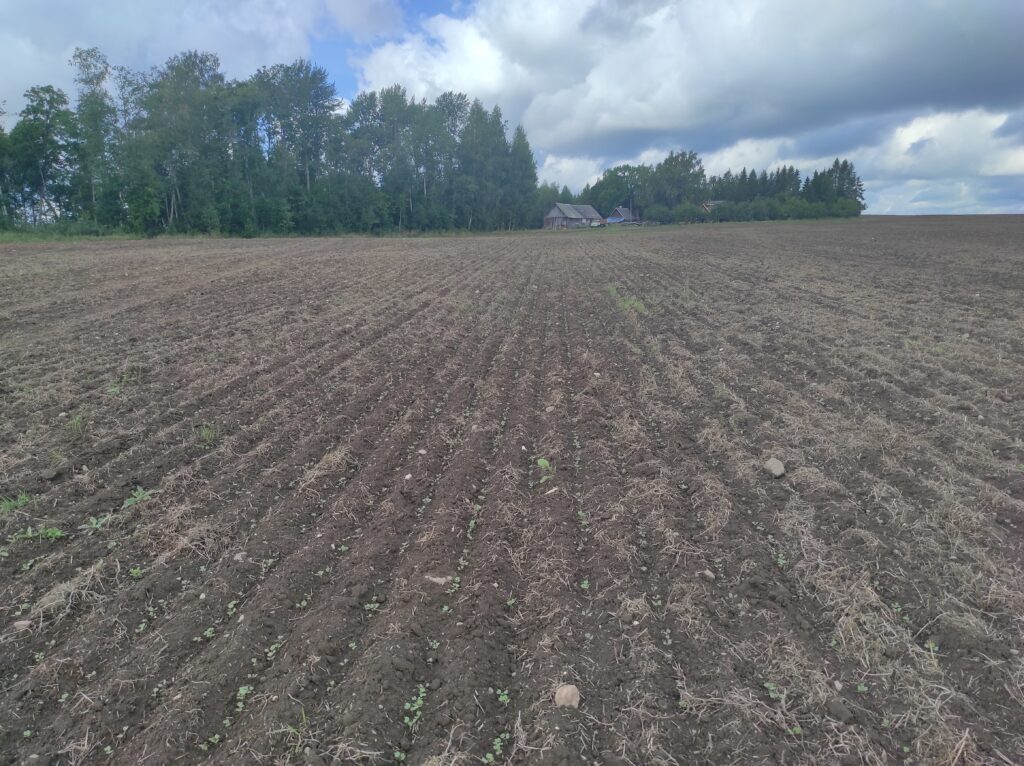
By September, Annabella had also recovered, still uneven but the gaps had started to fill. I performed growth regulation on September 9th. At the end of the month, I also applied a bit of NPK fertilizer that had been sitting for a couple of years. I didn’t want to leave it standing for the third year, as fertilizer tends to clump, and clump indeed it was 😀. Akilah had its growth regulation at the end of the month, and the picture was very good and even.
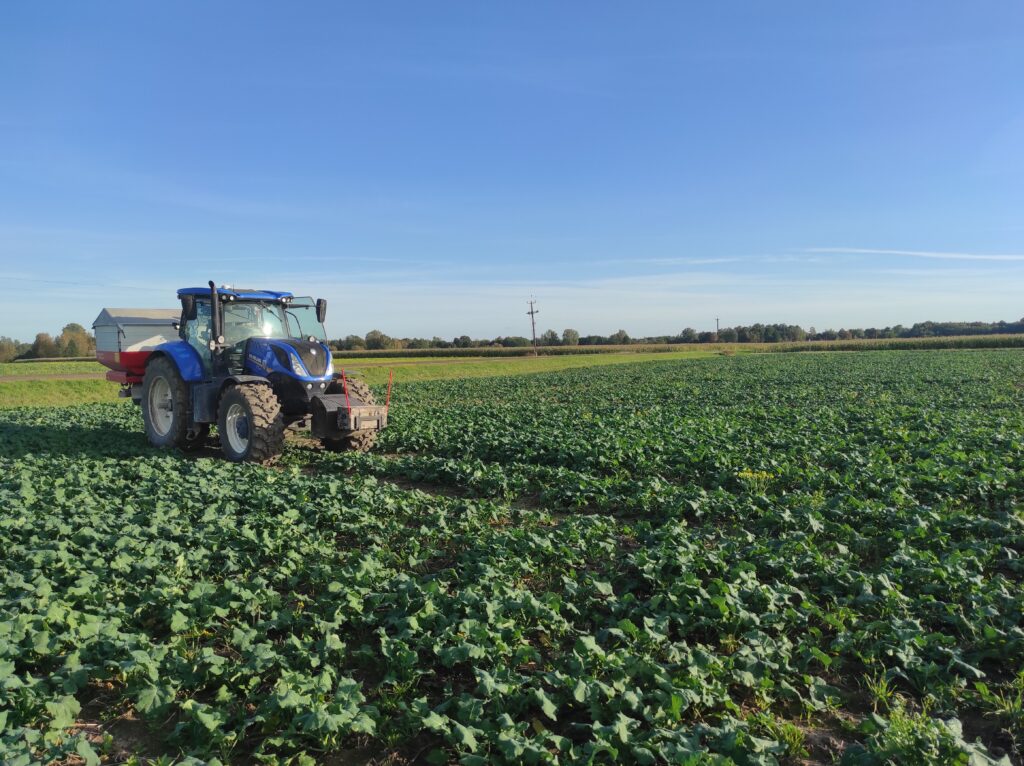
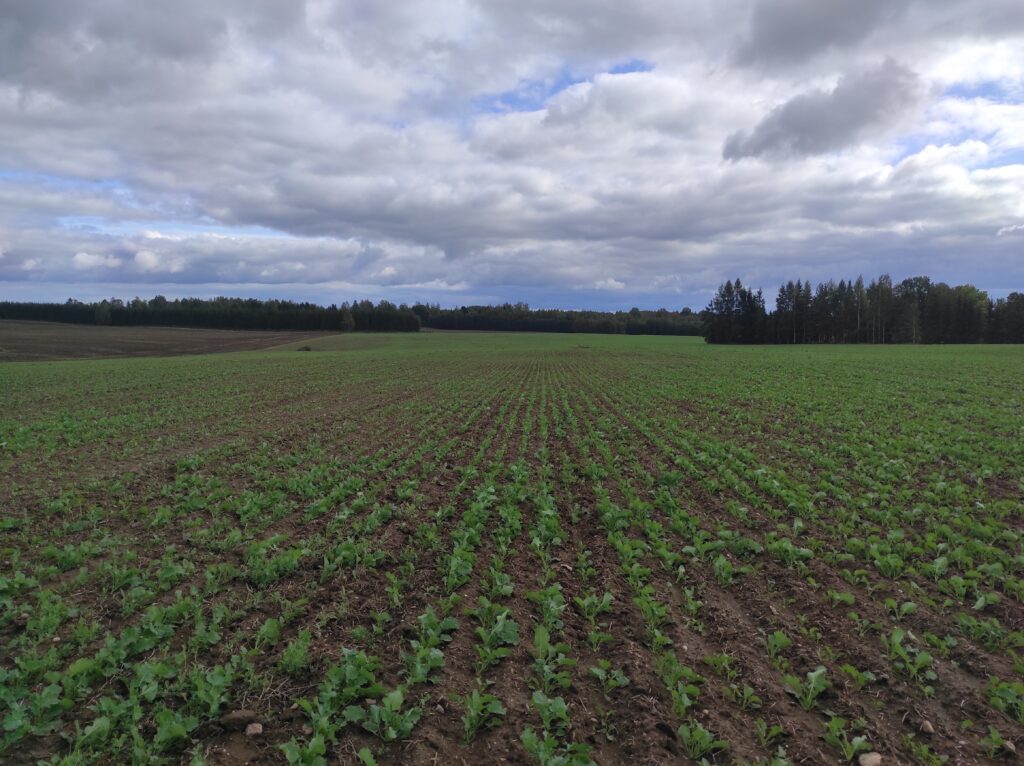
In October, it actually seemed that a second growth regulation might have been done, as thanks to the long autumn, the plant grew very vigorously. Although I opened up the growth pile and didn’t notice much elongation, there was still a feeling that I should have done it… But by the time I thought about it, winter unexpectedly arrived.
November went well; snow came onto frozen ground. And then winter began, lasting until December 16th, when a larger thaw began, lasting almost until Christmas. Fortunately, a new layer of snow came on Christmas and New Year’s, and I was worry-free almost until the New Year. On December 29th, there was another thaw for a couple of days, reducing the snow layer a bit.
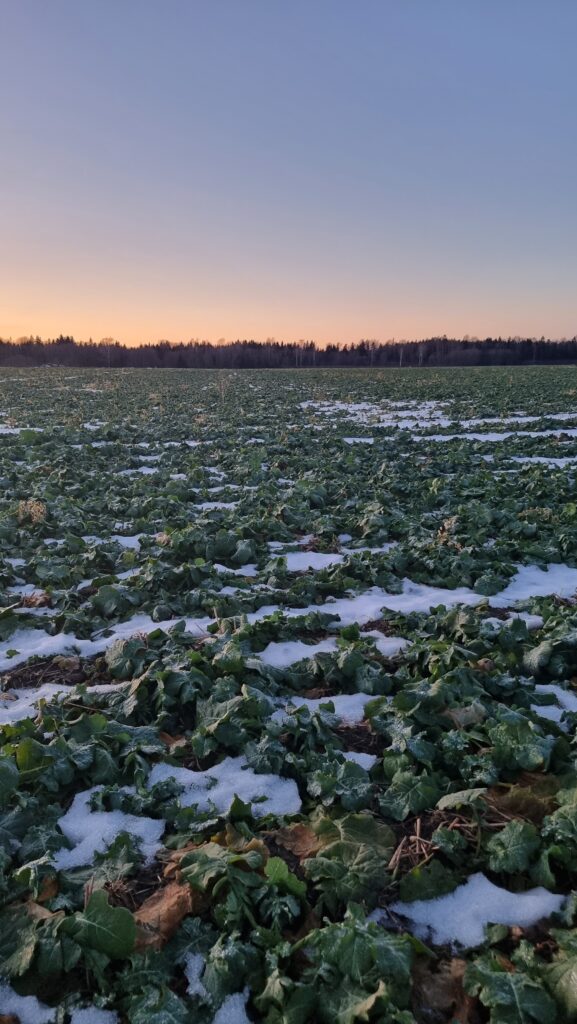
However, 2024 started with extremely cold temperatures, dropping to as low as -25 degrees Celsius, not just for a few nightly hours but for several consecutive days. The winter rapeseed growth pile had a thin layer of snow on top, and it is quite interesting (read: frightening) to wait and see what will happen now. I have no experience with rapeseed taken by the cold. If there is a thaw period, I will try to dig up the plants and bring them indoors to grow.

